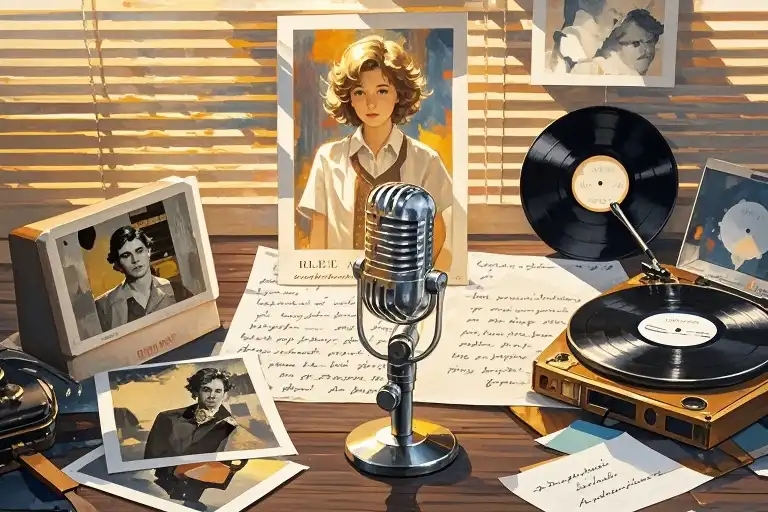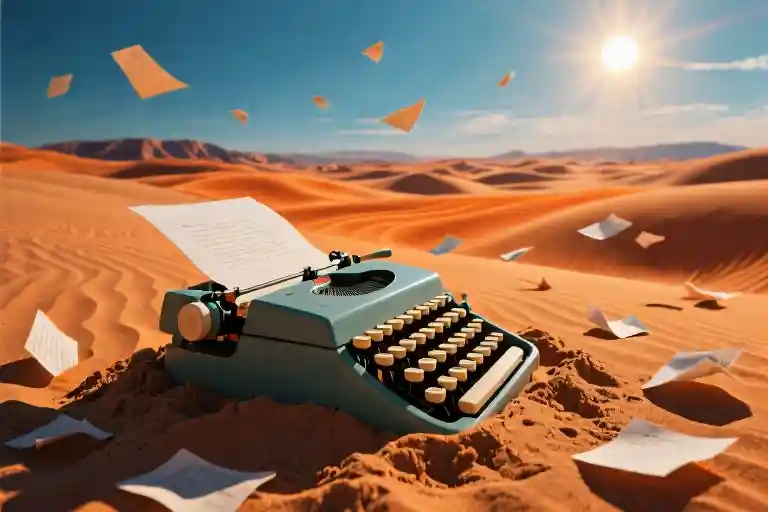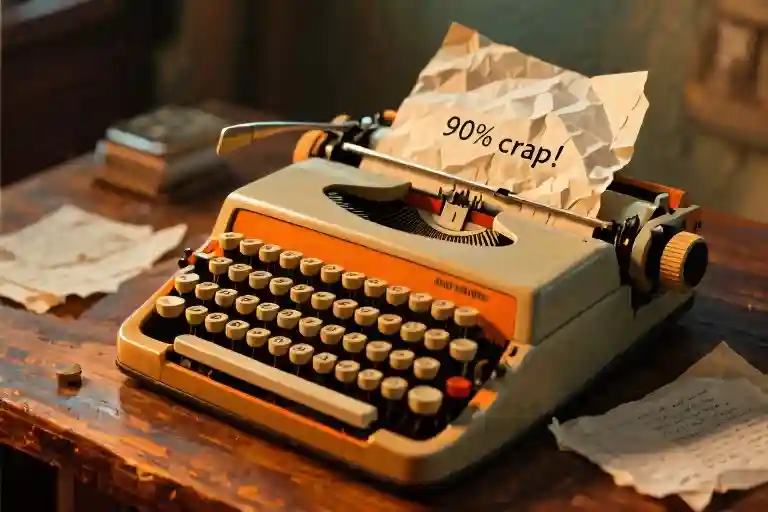Let me ask you something dangerous: Have you ever secretly rewritten a love song in your head? You know that moment – when the radio plays a ballad so specific it feels stolen from your diary. The lyrics mirror your unfinished conversations, the melody echoes your heartbeat rhythms, and suddenly you’re convinced Ed Sheeran planted hidden cameras in your living room.
This isn’t coincidence – it’s the magic of muses at work.
As someone who once wore out the “repeat” button on Maroon 5’s Songs About Jane (2002), I lived this transformation. Adam Levine didn’t just write breakup songs – he bottled lightning from a real relationship with Jane Herman. That album became my emotional translator during college heartaches, its tracks evolving meaning like wine gaining complexity. “Must Get Out” hit differently at 28 than at 18 – suddenly I understood the bitter aftertaste of “This ship is sinking…I can’t find the lifeboat.”
Why Your Favorite Album Feels Like a Stolen Diary
Great artists don’t just have muses – they alchemize them. Here’s how it works:
- The Time Capsule Effect
Levine wrote Songs About Jane post-breakup, using chronological distance like a photographer adjusting focus. The album isn’t a raw scream but a curated exhibition – each track a framed moment from their relationship’s arc. - Universal Particulars
Notice how Taylor Swift’s “All Too Well” (10-minute version) turns Jake Gyllenhaal’s scarf into a cultural relic? Specificity breeds relatability. My faded concert tee from 2012? Your prom corsage? Same emotional currency. - The Shadow Collaboration
Joni Mitchell called muses “silent co-writers.” When writing about your Jane or John:
- Borrow their speech cadence for lyrics (“She will be loved” vs “She should be loved”)
- Steal their scent memories (coconut shampoo? motor oil?) for sensory details
- Use their Spotify playlist as tempo reference
Case Study: From Bedroom Demos to Billboard Charts
Let’s dissect three muse-driven classics:
| Song | Muse Story | Universal Hook |
|---|---|---|
| Maroon 5 – “Sugar” | Jane’s sweet tooth → addiction metaphor | “I’m right here, ’cause I need…” |
| Adele – “Hello” | Ex’s unlisted number → generational FOMO | “We’re still kids in buses…” |
| The Weeknd – “Save Your Tears” | Model ex’s Instagram → digital-age ghosting | “I almost fell for your disguise” |
Pro Tip: Make a “Muse Inventory” list:
- Their most irritating habit → song conflict
- That inside joke → chorus hook
- Their hometown diner → verse setting
When Inspiration Bites Back
But beware – muses can become creative crutches. The 1975’s Matty Healy told Rolling Stone: “I wrote 18 tracks about the same girl before realizing I’d become a broken record – literally.”
Reboot Your Muse Radar:
- Childhood diaries → pre-relationship you
- Strangers’ overheard conversations → collective muse
- AI-generated “what if” scenarios (ChatGPT as digital Cyrano?)
Your Turn: From Private Obsession to Public Anthem
Next time you’re stuck:
- Text your muse “Remember when…” – steal their reply for lyrics
- Rewatch your first DM thread/letters as screenplay dialogue
- Take their most-used emoji → song title (Billie Eilish’s “Ocean Eyes” method)
As I type this, Maroon 5’s “Sunday Morning” plays in a café – Jane’s story now soundtracking someone’s new beginning. That’s the muse’s ultimate power: transforming yesterday’s heartache into tomorrow’s healing.
So tell me – whose name does your guitar case secretly hold?





